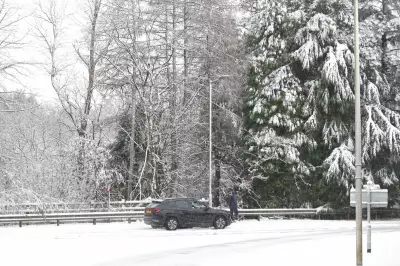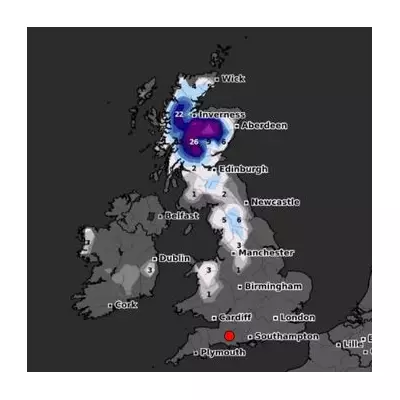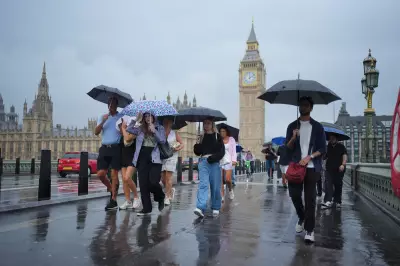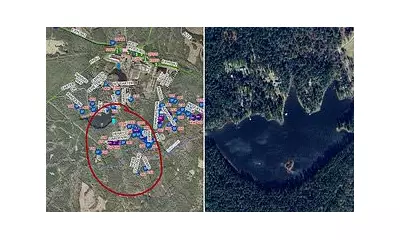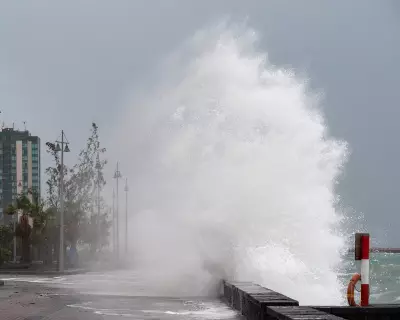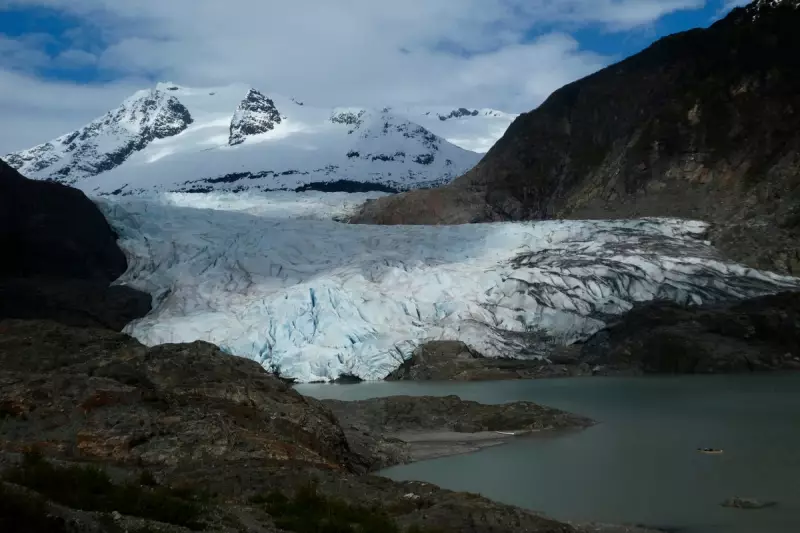
Alaska is facing one of its coldest winters on record as temperatures nosedive to a bone-chilling -45°C (-49°F), forcing residents to bunker down against the brutal conditions. The National Weather Service (NWS) has issued urgent warnings, urging people to limit outdoor exposure due to life-threatening wind chills.
Meanwhile, over 3,000 miles away, Niagara Falls has transformed into a frozen spectacle as sub-zero temperatures cause a partial freeze-over—a rare phenomenon that draws awe-struck spectators despite the risks.
Alaska’s Deep Freeze
Anchorage and Juneau have been hit hardest, with thermometers shattering seasonal records. The NWS predicts the extreme cold will persist, increasing risks of frostbite and hypothermia within minutes of exposure. Schools have closed, flights face delays, and emergency services are on high alert.
Niagara’s Icy Spectacle
While Alaska battles the cold, Niagara Falls has become a winter wonderland, with cascading water turning into jagged ice formations. Though not fully frozen, the surreal sight has sparked a surge in tourism despite warnings about treacherous pathways and unstable ice.
Meteorologists attribute these extreme conditions to a polar vortex shift, which has sent Arctic air sweeping across North America. With more frigid days ahead, officials advise caution—especially for vulnerable populations.

